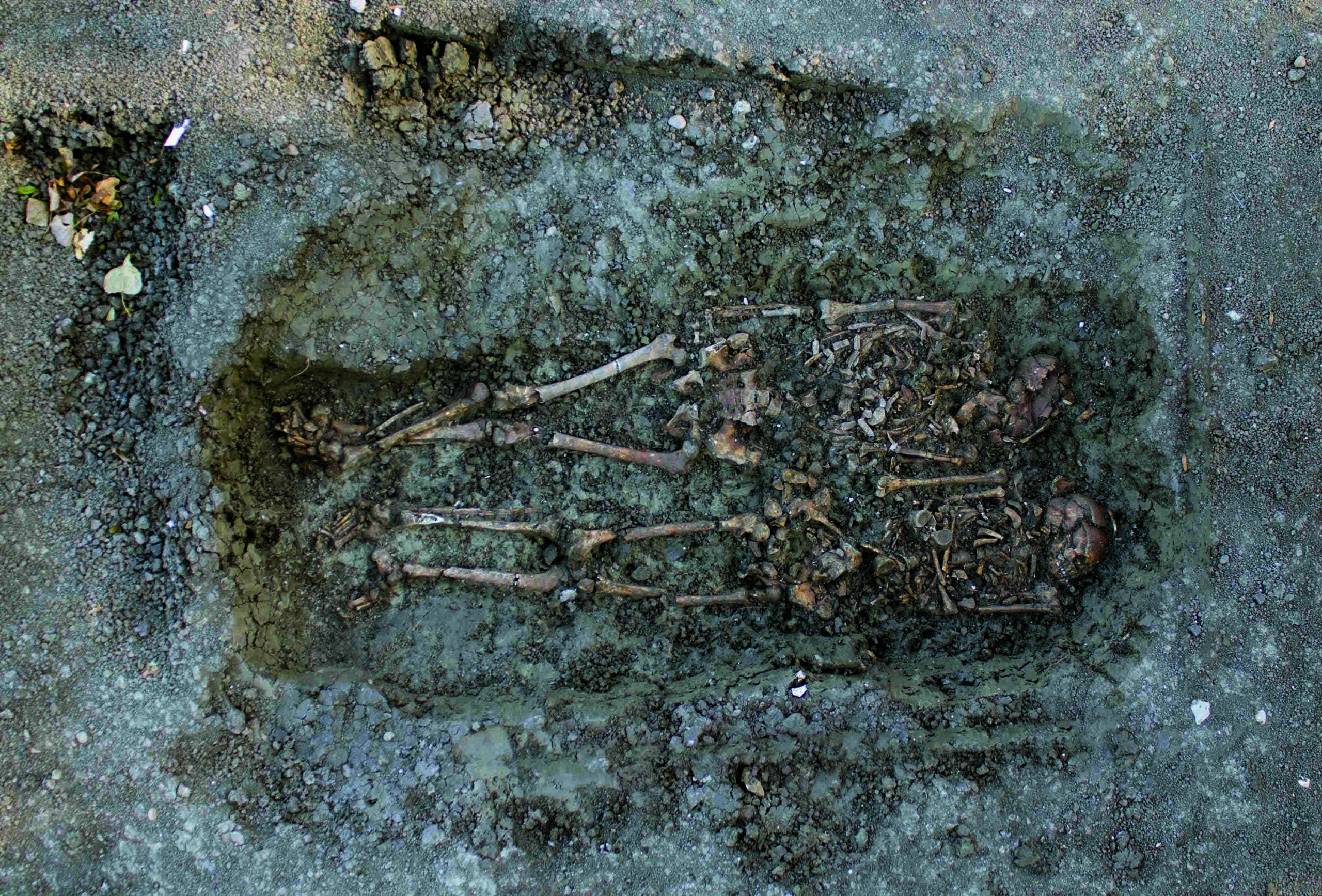
UPPSALA, SWEDEN—Science Magazine reports that paleogeneticist Morgane Ollivier of the Ecole Normale Supéieure de Lyon, evolutionary geneticist Erik Axelsson of Uppsala University, and their colleagues examined DNA extracted from the bones and teeth of wolves and dogs whose remains were unearthed at Neolithic-era archaeological sites in Eurasia. Dogs are thought to have been domesticated by hunter-gatherers more than 15,000 years ago. The researchers found that as early as 7,000 years ago, at a time when humans were beginning to farm wheat and millet, the dogs had four to 30 copies of a gene involved in the digestion of starch, while wolves usually have just two. “This [expansion] probably constituted an important advantage for dogs feeding on human leftovers,” Ollivier said. He added that the number of copies of the starch gene carried by humans also increased at this time. To read in-depth about dogs and archaeology, go to “More Than Man's Best Friend.”











